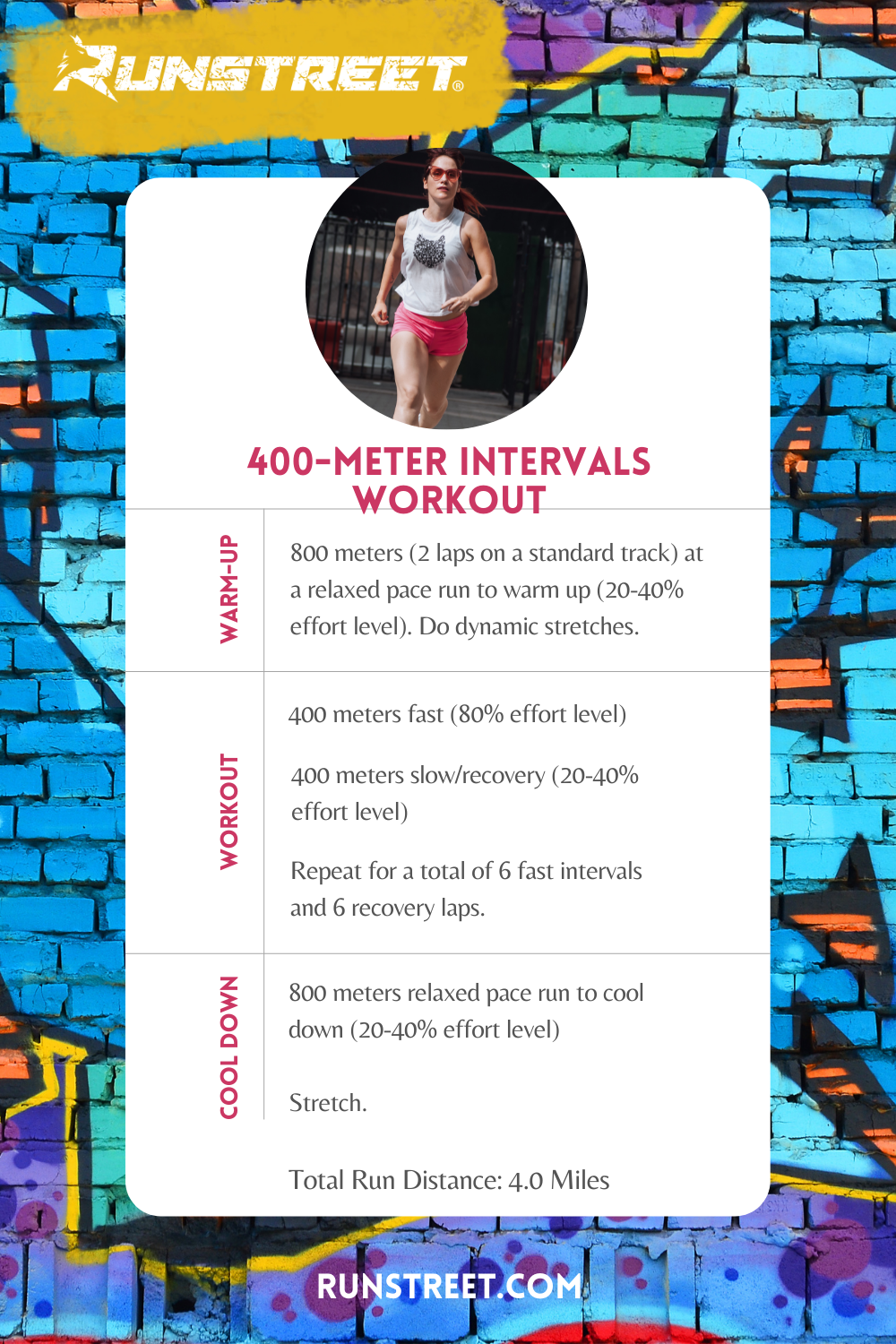How to avoid and Handle Discomfort in Operating: Professional Tips and Suggestions
As joggers, we often locate ourselves caught in between the enjoyment of pushing our physical limits and the pain that can accompany it. The quest of that jogger's high can in some cases be hindered by the unwelcome buddy of pain. Whether you are a skilled marathoner or a novice hitting the pavement for the first time, the bothersome visibility of pain and pain is a common denominator. However, there exist tested methods and expert recommendations that can assist alleviate and take care of these pains, allowing you to concentrate on the joy of running itself.
Importance of Appropriate Footwear
Correct footwear plays a critical role in protecting against and handling pain for runners, as it substantially impacts their comfort, performance, and total foot wellness. When it involves running, using the right shoes can make all the difference. Uncomfortable or inappropriate shoes can cause a host of problems such as blisters, shin splints, plantar fasciitis, and even a lot more extreme injuries like stress cracks.
Picking the right operating shoes involves taking into consideration factors such as foot kind, gait auto mechanics, running terrain, and individual choices. Runners with high arches may need more cushioning and assistance, while those with flat feet may benefit from stability footwear. In addition, comprehending pronation (the inward rolling of the foot) and supination (the external rolling of the foot) can help in choose shoes that give the ideal degree of arch support.
Buying high quality running footwear that are appropriate for your individual demands can aid avoid discomfort and pain while improving your running experience. Prioritizing correct shoes is not almost performance yet also regarding guarding your foot wellness over time.

Effective Workout Methods
A dynamic workout routine before a run helps boost blood flow to the muscles, enhances versatility, and enhances the array of activity of the joints. Dynamic stretches like leg swings, high knees, and hip circles are advantageous in preparing the body for the physical needs of running.
In addition to dynamic stretches, including some light cardio exercises such as jogging or skipping rope can even more boost the heart price and warm up the body. This combination of dynamic extending and light cardio aids loosen up limited muscles, lube the joints, and emotionally prepares the runner for the upcoming workout (running workout). By making workouts a constant part of your running routine, you can substantially reduce the risk of injuries and carry out at your ideal during each run
Key Extending Workouts
When getting ready for a run, including essential stretching exercises is crucial to enhance muscle versatility and protect against injuries - Read More. Dynamic extends such as leg swings, high knees, and hip circles are advantageous for heating up the muscles and boosting series of movement prior to a run. These activities assist boost blood circulation, loosen up limited muscle mass, and prepare the body for the activity in advance
Static stretches like calf stretches, hamstring stretches, and quadriceps stretches must adhere to a go to assist in muscular tissue healing and protect against rigidity. Holding each go for 15-30 seconds enables the muscular tissues to unwind and extend, reducing the risk of post-run pain and potential injuries.
Furthermore, integrating yoga postures like descending canine, pigeon pose, and spinal spins can target several muscular tissue teams all at once, promoting general flexibility and toughness. Regular extending routines not just improve performance but additionally assist in maintaining excellent running form and stopping overuse injuries. Remember, appropriate extending techniques are crucial for a safe and satisfying running experience.
Healing and Rest Strategies
After finishing a run, executing efficient healing and remainder methods is essential for taking full advantage of performance and lessening the risk of injuries. Furthermore, including remainder days right into your training routine is important to avoid overuse injuries and exhaustion.
Energetic recovery methods such as mild extending, foam rolling, and yoga exercise can aid boost flow, minimize muscle mass soreness, and boost flexibility. It dig this is additionally valuable to prioritize hydration and nutrition post-run to replenish electrolytes, glycogen stores, and advertise muscle healing.
Cross-training tasks like swimming or biking can provide a break from the repetitive effect of running while still keeping cardiovascular physical fitness - running strategy. Listening to your body and identifying when it needs a break is crucial to avoiding chronic injuries and guaranteeing long-term running success. Bear in mind, remainder is not an indication of weak point but a crucial part of an all-around training routine
Cross-Training Perks

In addition, cross-training aids in stopping psychological fatigue by adding variety to your workout routine, maintaining you inspired and involved in your health and fitness trip. It permits you to service various aspects of health and fitness that might not be targeted entirely via running, resulting in a more balanced and well-rounded professional athlete. Additionally, cross-training can help improve running performance by addressing muscular imbalances and weaknesses that might hinder efficiency. On the whole, integrating cross-training right into your program can bring about improved endurance, speed, and overall sports performance while decreasing the likelihood of injury.
Final Thought
Finally, proper footwear, warm-up methods, extending exercises, recuperation techniques, and cross-training are vital parts in protecting against and handling discomfort in running. By including these techniques into your regimen, you can lessen the risk of injury and discomfort while making best use of efficiency and enjoyment of the sport. Read More. Remember to pay attention to your body, focus on rest and recuperation, and seek specialist support when required to make certain a safe and reliable running experience